Life-Threatening Skin Rashes: Recognizing and Responding to 5 Dangerous Skin Diseases
What are the symptoms of meningococcal meningitis. How does toxic shock syndrome manifest on the skin. What are the early signs of Rocky Mountain spotted fever. How can Stevens-Johnson syndrome be identified. What characterizes staphylococcal scalded skin syndrome in children.
Meningococcal Meningitis: A Race Against Time
Meningococcal meningitis is a severe infection that causes inflammation of the protective membranes surrounding the brain and spinal cord. This life-threatening condition can progress rapidly, making swift recognition and treatment crucial.
Key symptoms of meningococcal meningitis include:
- Sudden high fever
- Severe headache
- Stiff neck
- Confusion or altered mental state
- Sensitivity to light
- Nausea and vomiting
- Skin rash (in approximately 50% of cases)
The characteristic rash associated with meningococcal meningitis often appears as small, red-purple spots that don’t blanch under pressure. This rash can spread quickly and may be accompanied by skin mottling.
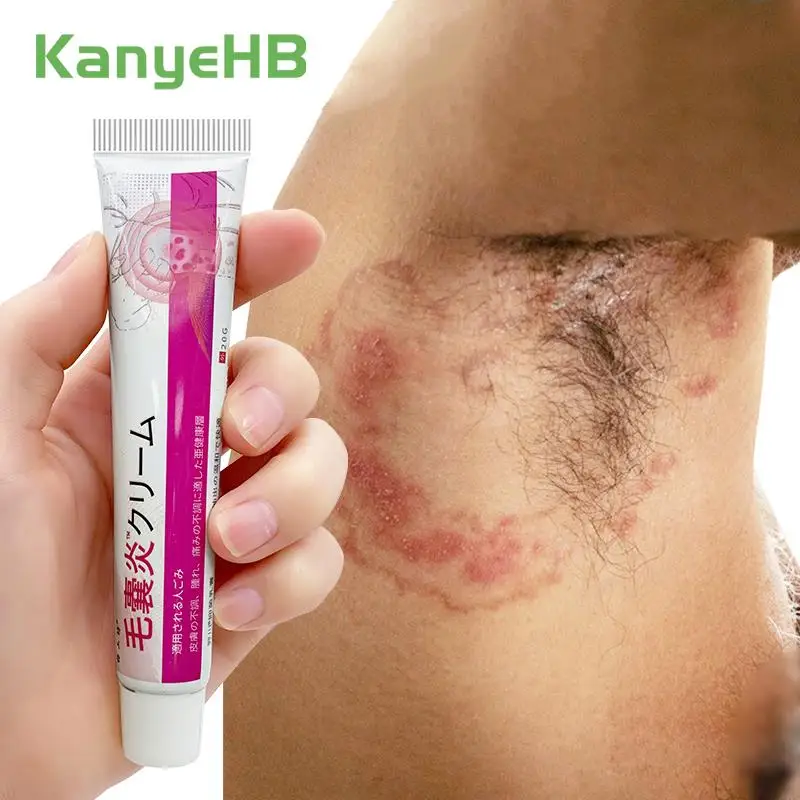
Can meningococcal meningitis be treated effectively. Yes, when diagnosed early, meningococcal meningitis can be treated with intravenous antibiotics. However, immediate medical attention is critical, as the disease can progress rapidly and become life-threatening within hours.
Toxic Shock Syndrome: More Than Just Tampons
Toxic shock syndrome (TSS) is a rare but serious condition caused by certain strains of bacteria, most commonly Staphylococcus aureus or Streptococcus pyogenes. While historically associated with tampon use, TSS can occur in anyone, regardless of age or gender.
The skin manifestations of toxic shock syndrome include:
- A sunburn-like rash, particularly on the palms and soles
- Redness of the eyes, mouth, and throat
- Peeling of the skin, especially on the hands and feet, 1-2 weeks after onset
Does toxic shock syndrome only affect menstruating women. No, while TSS gained notoriety due to its association with tampon use, it can affect anyone. The condition can arise from various sources, including skin wounds, surgical sites, and even minor cuts or burns.

Recognizing the Early Signs of TSS
Early symptoms of toxic shock syndrome may include:
- Sudden high fever
- Low blood pressure
- Vomiting or diarrhea
- Muscle aches
- Headache
- Confusion or disorientation
Is immediate medical attention necessary for suspected TSS. Absolutely. Toxic shock syndrome can progress rapidly and become life-threatening. Prompt medical intervention, typically involving antibiotics and supportive care, is essential for successful treatment.
Rocky Mountain Spotted Fever: Ticks and Telltale Spots
Rocky Mountain spotted fever (RMSF) is a potentially fatal tickborne disease caused by the bacterium Rickettsia rickettsii. Despite its name, RMSF occurs throughout the United States and in parts of Canada, Mexico, and South America.
The characteristic rash of Rocky Mountain spotted fever typically appears 2-4 days after the onset of fever. It begins as small, flat, pink, non-itchy spots on the wrists, forearms, and ankles. As the disease progresses, these spots may become larger and darker, often spreading to the palms, soles, and trunk.

Early symptoms of RMSF may include:
- Sudden onset of fever and chills
- Severe headache
- Muscle pain
- Nausea and vomiting
- Abdominal pain
- Loss of appetite
Is the rash always present in cases of Rocky Mountain spotted fever. No, the rash is not always present, especially in the early stages of the disease. In some cases, the rash may not appear at all, making diagnosis challenging.
The Importance of Timely Treatment
Why is early treatment crucial for Rocky Mountain spotted fever. RMSF can be fatal if not treated within the first 5 days of symptoms. Prompt antibiotic therapy, typically with doxycycline, is essential to prevent severe complications and reduce the risk of death.
Stevens-Johnson Syndrome: When Medications Attack
Stevens-Johnson syndrome (SJS) is a severe, potentially life-threatening skin reaction, usually triggered by certain medications. This condition causes widespread damage to the skin and mucous membranes, leading to painful blistering and peeling.
The progression of Stevens-Johnson syndrome typically follows this pattern:

- Flu-like symptoms (fever, sore throat, fatigue)
- Painful red or purplish rash that spreads and blisters
- Skin sloughing (peeling off in sheets)
- Involvement of mucous membranes (eyes, mouth, genitals)
Are all cases of Stevens-Johnson syndrome caused by medications. While medications are the most common trigger for SJS, in rare cases, it can be caused by infections or have no identifiable cause.
SJS vs. Toxic Epidermal Necrolysis
How does Stevens-Johnson syndrome differ from toxic epidermal necrolysis. These conditions are part of a spectrum, differentiated by the extent of skin involvement:
- SJS: Less than 10% of body surface area affected
- SJS/TEN overlap: 10-30% of body surface area affected
- TEN: More than 30% of body surface area affected
Treatment for both conditions involves discontinuing the offending medication, providing supportive care, and managing symptoms. In severe cases, patients may require treatment in a burn unit or intensive care unit.
Staphylococcal Scalded Skin Syndrome: A Pediatric Peril
Staphylococcal scalded skin syndrome (SSSS) is a potentially life-threatening condition primarily affecting infants and young children. It’s caused by toxins produced by certain strains of Staphylococcus aureus bacteria.
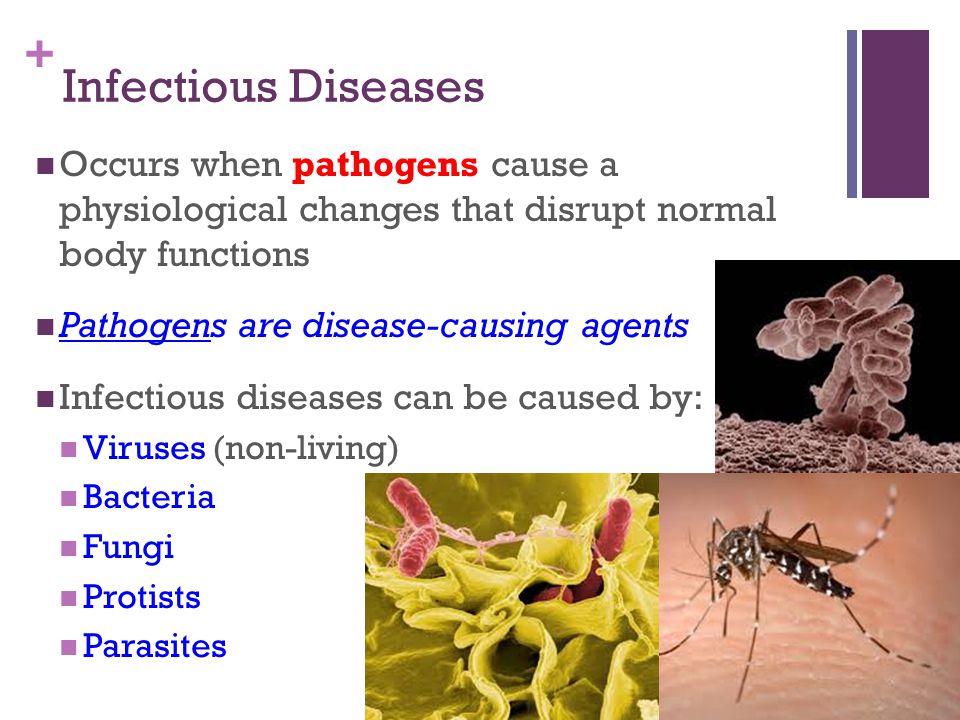
The progression of SSSS typically follows these stages:
- Fever and irritability
- Widespread redness of the skin
- Formation of large, fluid-filled blisters
- Skin peeling, resembling a scalding burn
Why is staphylococcal scalded skin syndrome more common in children. Children, especially those under 5, are more susceptible to SSSS because their immune systems are still developing and they lack antibodies to the toxins produced by the Staphylococcus bacteria.
Risk Factors and Treatment
Factors that increase the risk of SSSS include:
- Age (infants and young children)
- Weakened immune system
- Kidney disease
- Chronic illness
Is hospitalization necessary for treating staphylococcal scalded skin syndrome. In most cases, yes. Treatment typically involves intravenous antibiotics, fluid replacement, pain management, and meticulous wound care. The skin’s barrier function is compromised, making patients susceptible to dehydration and secondary infections.
Pemphigus Vulgaris: When the Immune System Turns Against the Skin
Pemphigus vulgaris is a rare autoimmune disorder that causes painful blistering on the skin and mucous membranes. In this condition, the immune system mistakenly attacks proteins that help keep skin cells attached to each other, leading to the formation of easily ruptured blisters.

The characteristic features of pemphigus vulgaris include:
- Painful blisters on the skin or mucous membranes
- Erosions in the mouth, often occurring before skin lesions
- Fragile blisters that easily rupture, leaving raw, painful areas
- Potential involvement of the eyes, nose, throat, and genitals
Can pemphigus vulgaris be life-threatening if left untreated. Yes, without proper treatment, pemphigus vulgaris can be fatal within five years of onset. The extensive skin damage can lead to fluid loss, electrolyte imbalances, and serious infections.
Diagnosis and Treatment of Pemphigus Vulgaris
Diagnosing pemphigus vulgaris typically involves:
- Clinical examination
- Skin biopsy
- Direct immunofluorescence testing
- Blood tests for autoantibodies
What is the primary approach to treating pemphigus vulgaris. Treatment primarily focuses on suppressing the immune system to prevent further blister formation. This may involve:
- Corticosteroids (oral or topical)
- Immunosuppressants (e.g., azathioprine, mycophenolate mofetil)
- Rituximab (a targeted therapy that depletes B cells)
- Intravenous immunoglobulin in severe cases
Supportive care, including pain management and wound care, is also crucial in managing pemphigus vulgaris.

Emerging Threats: DRESS Syndrome and Necrotizing Fasciitis
While the previously discussed conditions represent well-known life-threatening skin diseases, it’s important to be aware of emerging or less common threats that can also pose significant risks.
DRESS Syndrome: A Severe Drug Reaction
Drug Reaction with Eosinophilia and Systemic Symptoms (DRESS) syndrome is a severe, potentially life-threatening drug reaction that can occur weeks after starting a new medication.
Key features of DRESS syndrome include:
- Widespread skin rash
- Fever
- Lymph node enlargement
- Internal organ involvement (liver, kidneys, lungs, heart)
- Elevated eosinophil count in the blood
What makes DRESS syndrome particularly dangerous. The delayed onset (2-8 weeks after starting the offending medication) and the potential for multi-organ involvement make DRESS syndrome challenging to diagnose and treat. Prompt discontinuation of the causative drug and supportive care are essential.
Necrotizing Fasciitis: The “Flesh-Eating” Disease
Necrotizing fasciitis is a rare but severe bacterial infection that spreads rapidly through the body’s soft tissues. While not strictly a skin disease, it often begins with seemingly minor skin trauma.

Early symptoms of necrotizing fasciitis may include:
- Severe pain disproportionate to the visible skin changes
- Fever and chills
- Redness or warm skin in the affected area
- Flu-like symptoms
As the infection progresses, more severe symptoms develop:
- Blisters or black spots on the skin
- Changes in skin color
- Swelling and possible oozing from the infected area
- Dizziness and fatigue
Why is necrotizing fasciitis called a “flesh-eating” disease. While the bacteria don’t actually “eat” flesh, they release toxins that destroy nearby tissue. The infection spreads rapidly along the fascial planes, leading to widespread tissue death if not treated promptly.
Is immediate medical attention necessary for suspected necrotizing fasciitis. Absolutely. Necrotizing fasciitis is a medical emergency requiring immediate hospitalization, intravenous antibiotics, and often surgical debridement of infected tissues. Delays in treatment can lead to shock, organ failure, and death.
By understanding the signs and symptoms of these life-threatening skin conditions, individuals can seek prompt medical attention when necessary, potentially saving lives. It’s crucial to remember that while these conditions are rare, they require immediate and aggressive treatment when they do occur. Any unexplained skin changes, especially when accompanied by systemic symptoms like fever or severe pain, should be evaluated by a healthcare professional without delay.

Life-Threatening Skin Rashes
Medically Reviewed by Stephanie S. Gardner, MD on November 22, 2022
Skin rashes take lots of different forms. You might have patches of red skin, or you might see welts or blisters. A rash might show up on part of your body, or all over. Sometimes, a salve you buy over the counter can take care of it. But a few skin rashes come from illnesses that can endanger your life if you don’t get to the doctor or ER. Here’s a look at the main ones you should watch out for.
Meningococcal meningitis makes the tissue around your brain and spinal cord swell. You may catch it from someone nearby who has it, and it can make you seriously ill within hours. It’s fatal without quick action. About half the people who have it get a skin rash. Breathing trouble or a sore throat might be your first symptoms. Other signs could be a fever, headache, vomiting, or confusion. Your doctor will likely give you antibiotics.
Toxic shock syndrome is rare. It may bring to mind cases linked to tampons, but skin wounds (including from surgery) can also let in the bacteria that cause it. It might give you a rash like sunburn, mainly on your palms or the soles of your feet. It can also cause a fever, low blood pressure, vomiting, diarrhea, confusion, headaches, and red eyes, mouth, and throat. Antibiotics are the main treatment, but you may need other medicine.
It might give you a rash like sunburn, mainly on your palms or the soles of your feet. It can also cause a fever, low blood pressure, vomiting, diarrhea, confusion, headaches, and red eyes, mouth, and throat. Antibiotics are the main treatment, but you may need other medicine.
A bite from a tick can give you Rocky Mountain spotted fever. It can be fatal if it isn’t treated within 5 days of your first symptoms. You might first have a headache, fever, or nausea, and you might see swelling around your hands or eyes. A rash would come next. It would start with small, flat pink spots on your wrists, forearms, and ankles, then spread. Red or purple spots could follow. Your doctor will give you an antibiotic.
Stevens-Johnson syndrome makes your skin cells die and peel off. It’s usually a reaction to medicine. It may start with fever, coughing, and aches. Then you’ll get a red or purplish rash, and your skin will peel. That may begin on your face, then spread. It could also go into your eyes, mouth, airways, or genitals.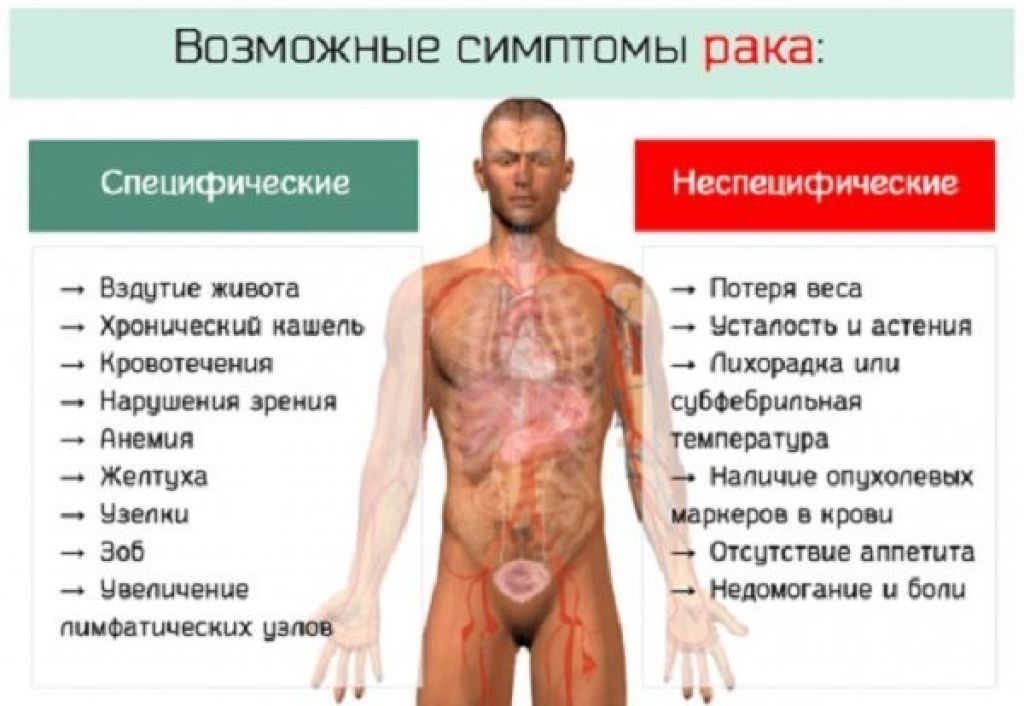 Your doctor will change the medicine causing the problem, and you’ll need burn treatment, pain medicine, and maybe more.
Your doctor will change the medicine causing the problem, and you’ll need burn treatment, pain medicine, and maybe more.
Toxic epidermal necrolysis and Stevens-Johnson syndrome are both severe allergic reactions to medications or infections. They have the same symptoms and treatment. If your skin is peeling from 10% or less of your body, doctors say that’s Stevens-Johnson. If it’s 30% or more, that’s toxic epidermal necrolysis. In between, it’s an overlap. Both conditions can lead to long-term skin problems. At the worst, they could cause organ failure.
Anyone can get staphylococcal scalded skin syndrome, but it mainly affects infants and children less than 5 years old. If your child has kidney disease or a weak immune system, they’re more prone to get it. At first, they may be fussy, tired, or have a fever. Then their skin will start to peel, possibly over a lot of their body. They’ll probably have to go to the hospital. They’ll give them antibiotics, and their skin may need salves or bandages.
Pemphigus vulgaris makes your immune system attack your skin or mucous membranes. It mainly affects people who are middle-aged or older. Mouth sores may come first. Then you may get blisters on your skin or genitals. If they break open, they can get infected. Your doctor will give you antibiotics and other drugs, and your skin may need dressings like those used for burns. If pemphigus isn’t treated, it can be fatal in about 5 years.
Meningococcal meningitis is the main one of these rashes that’s contagious. You mainly get it from someone close by, through things like coughing or kissing. The germs than cause staphylococcal scalded skin and toxic shock syndromes go from person to person, but many people have them on their bodies with no problem. Rocky Mountain spotted fever and pemphigus don’t go person-to-person. The other rashes don’t come from germs people carry.
Drug reaction with eosinophilia and systemic symptoms (DRESS) is a rare condition in which you’re very sensitive to a medication.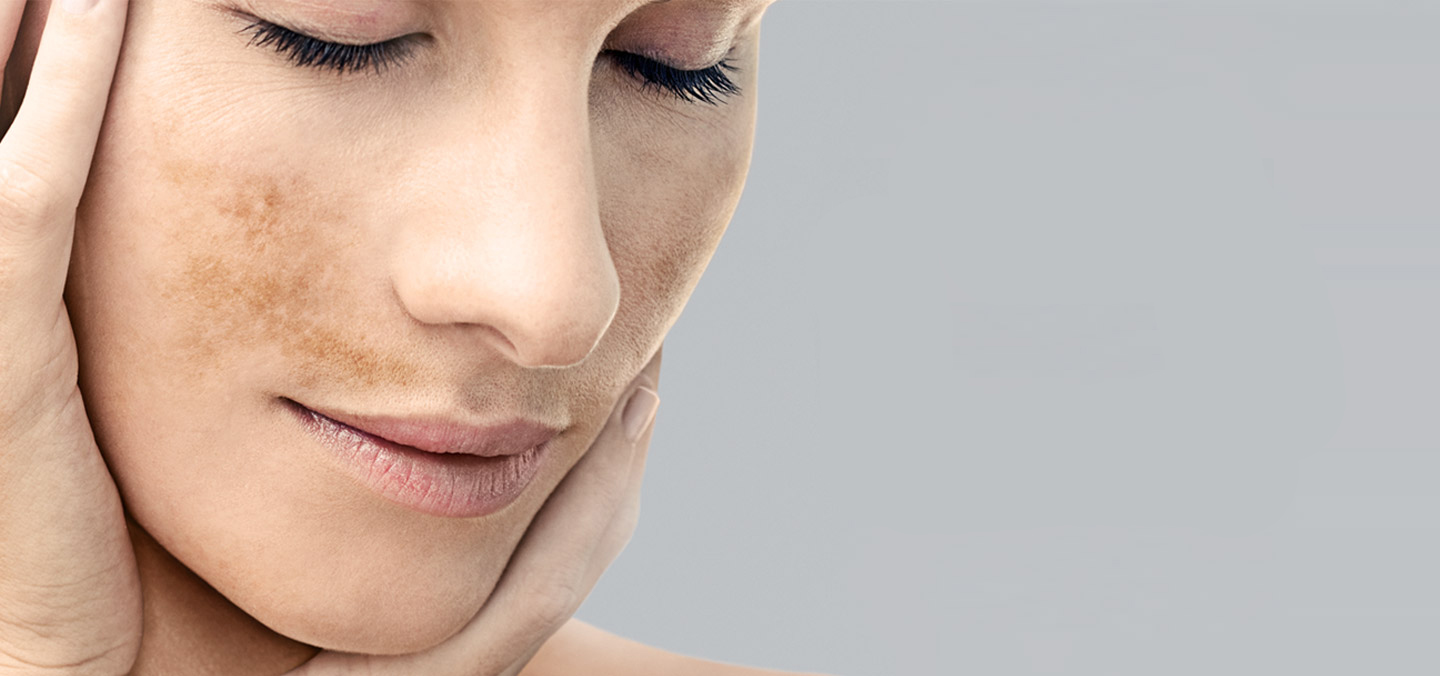 It can happen 2-8 weeks after you take the drug that triggered the reaction. Along with the skin symptoms, you may have a fever, feel sick, and have problems with your internal organs, such as your liver, kidneys, or lungs. The key to treatment is getting you off the medicine that caused the problem.
It can happen 2-8 weeks after you take the drug that triggered the reaction. Along with the skin symptoms, you may have a fever, feel sick, and have problems with your internal organs, such as your liver, kidneys, or lungs. The key to treatment is getting you off the medicine that caused the problem.
This “flesh-eating” bacterial infection can spread quickly, killing tissue in your body. At first, you might feel like you have the flu and notice redness around the infected area, which would hurt and may feel warm. You may get skin blisters that feel hot, and you may get dehydrated and have a high fever. You’d need treatment (usually antibiotics you get by IV and surgery to remove dead tissue) right away so you don’t go into shock.
IMAGES PROVIDED BY:
1) BakiBG / Thinkstock
2) National Institutes of Health
3) CDC
4) CDC / Science Source
5) Thomas Habif / Wikimedia
6) ISM / Medical Images
7) ISM / Medical Images
8) Biophoto Associates / Science Source
9) Wavebreakmedia / Thinkstock
10) Charlie Goldberg, MD / UCSD School of Medicine
11) ISM / Medical Images
SOURCES:
American Academy of Dermatology.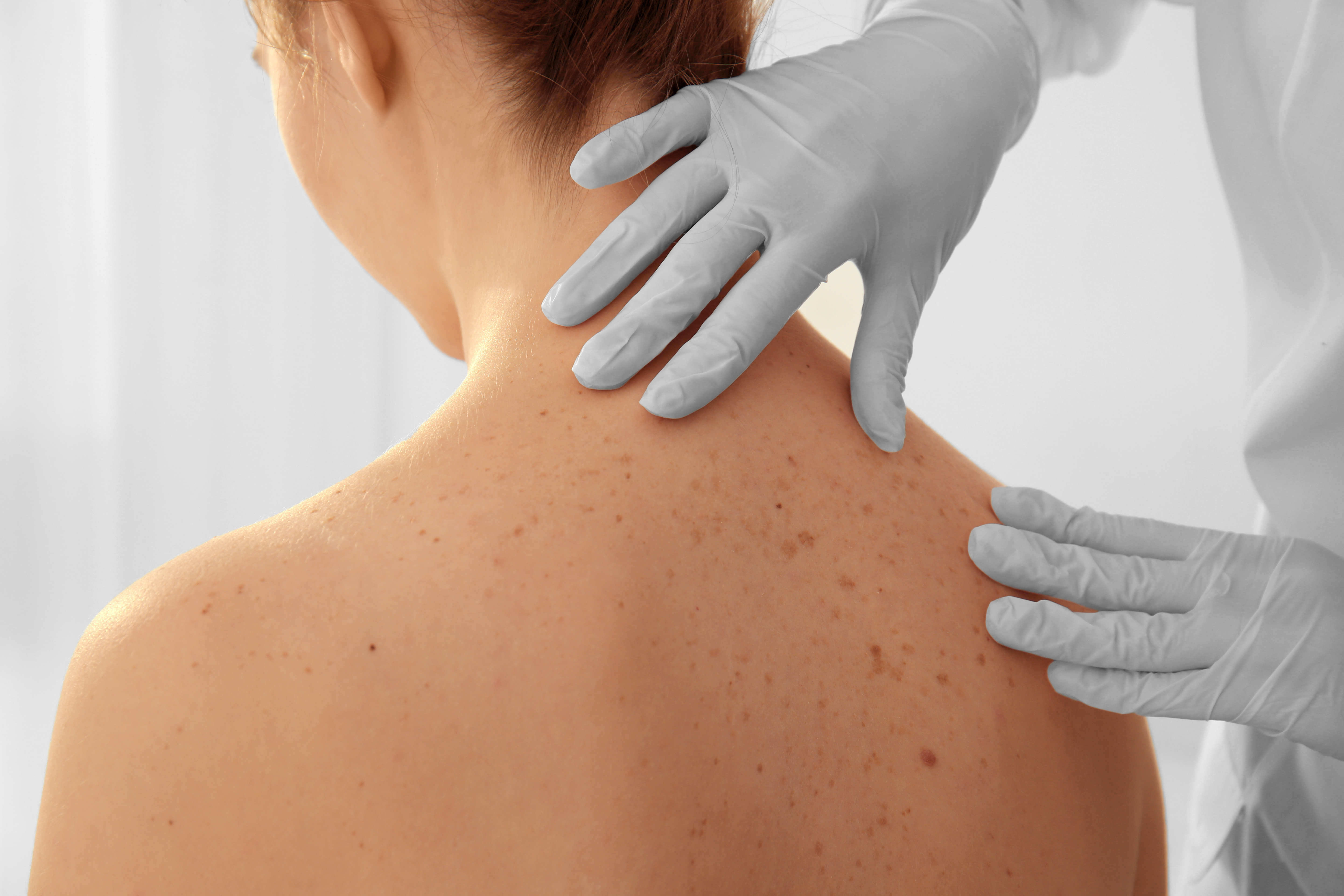
CDC.
National Organization for Rare Disorders.
Mayo Clinic.
Cleveland Clinic
Johns Hopkins Medicine.
Merck Manuals.
National Center for Advancing Translational Sciences (National Institutes of Health).
Nationwide Children’s Hospital.
Illinois Department of Public Health.
International Pemphigus and Pemphigoid Foundation.
© 2022 WebMD, LLC. All rights reserved. View privacy policy and trust info
Pictures, Causes, Symptoms, and Treatment
Skin disorders, such as acne and eczema, vary greatly in symptoms and severity. They can be temporary or permanent and may be painless or painful. Some can be life threatening.
Some skin disorders have situational causes, while others may be genetic. While most skin disorders are minor, others can indicate a more serious issue.
Contact a doctor if you believe you may have one of these common skin problems.
There are many different types of skin disorders.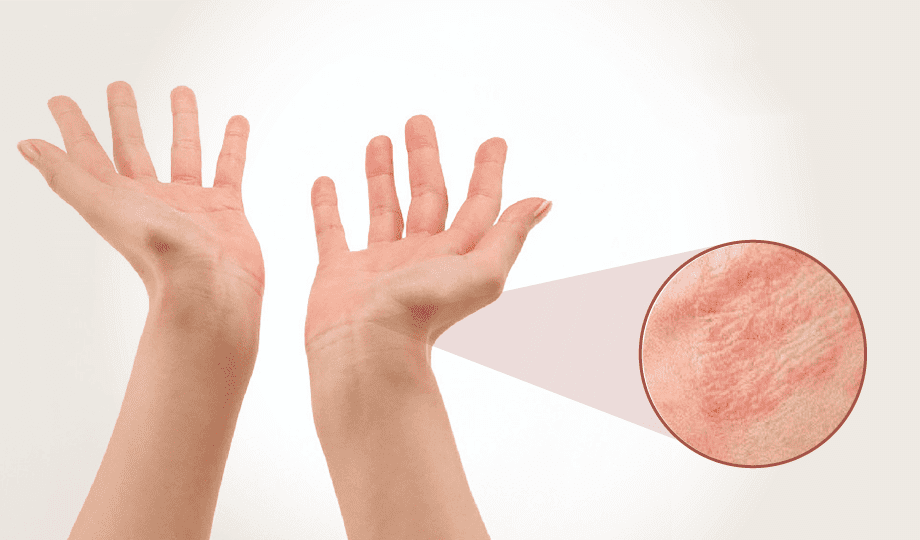 Here are pictures of 25 different conditions, followed by a list of details for each.
Here are pictures of 25 different conditions, followed by a list of details for each.
Acne
- Acne is commonly located on the face, neck, shoulders, chest, and upper back.
- Breakouts on the skin are composed of redness, blackheads, whiteheads, pimples, or deep, painful cysts and nodules.
- This condition may leave scars or darken the skin if untreated.
- People of Color can experience dark spots known as post-inflammatory hyperpigmentation (PIH).
Learn more about acne.
Cold sore
- This condition causes a red, painful, fluid-filled blister that appears near the mouth and lips. People with lighter skin may notice more redness than those with darker skin.
- The affected area will often tingle or burn before the sore is visible.
- Outbreaks may also be accompanied by mild, flu-like symptoms such as low fever, body aches, and swollen lymph nodes.
- Cold sores usually look similar on any skin color but can also cause PIH in people with darker skin.

Learn more about cold sores and cold sores on dark skin.
Blister
- Blisters are characterized by a watery, clear, fluid-filled area on the skin.
- They may be smaller than 1 centimeter (cm) (vesicle) or larger than 1 cm (bulla) and can occur alone or in groups.
- Blisters can be found anywhere on the body.
Learn more about blisters.
Hives
- This causes itchy, raised welts that occur after exposure to an allergen.
- Welts may be warm and mildly painful to the touch.
- Hives on darker skin can appear raised or inflamed and might be slightly darker or lighter than your natural skin color. On lighter skin, hives usually appear red.
- They can be small, round, ring-shaped, or randomly shaped.
Learn more about hives.
Actinic keratosis
- This condition causes a thick, scaly, or crusty skin patch.
- It’s typically less than 2 cm or about the size of a pencil eraser.
- It often appears on parts of the body that receive a lot of sun exposure, such as the hands, arms, face, scalp, and neck.

- The skin patch is usually pink in color but can have a brown, tan, or gray base. This patch may appear the same color as the surrounding skin in people with darker skin.
Learn more about actinic keratosis.
Rosacea
- This chronic skin disease goes through cycles of fading and relapse.
- Relapses may be triggered by spicy foods, alcoholic beverages, sunlight, stress, and the intestinal bacteria Helicobacter pylori.
- There are four subtypes of rosacea encompassing a wide variety of symptoms.
- Common symptoms include facial flushing, raised red bumps, skin dryness, and skin sensitivity.
- People with darker skin tones may notice brown discoloration or dry and swollen patches of dark skin.
Learn more about rosacea.
Carbuncle
- This causes a red, painful, and irritated lump under your skin.
- It may be accompanied by fever, body aches, and fatigue.
- It can also cause skin crustiness or oozing.

- It may appear more violet on darker skin.
Learn more about carbuncles.
Latex allergy
This condition is considered a medical emergency. Urgent care may be required. Contact 911 or local emergency services.
- This causes a rash, which may occur within minutes to hours after exposure to a latex product. It may be less visible on darker skin or appear lighter or darker than surrounding tissue.
- It also causes warm, itchy wheals at the site of contact, which may take on a dry, crusted appearance with repeated exposure to latex.
- Airborne latex particles may cause cough, runny nose, sneezing, and itchy, watery eyes.
- A severe allergy to latex can cause swelling and difficulty breathing.
Learn more about latex allergies.
Eczema
- Eczema is characterized by yellow or white scaly patches that flake off.
- Affected areas may be itchy, greasy, or oily.
- On light skin, eczema can cause a red rash.
 This rash may appear brown, purple, or gray on darker skin.
This rash may appear brown, purple, or gray on darker skin. - Hair loss may also occur in the area with the rash.
Learn more about eczema.
Psoriasis
- This causes scaly, silvery, sharply defined skin patches. Darker skinned people might also experience dark brown or purplish patches on the skin.
- Patches are commonly located on the scalp, elbows, knees, and lower back.
- This condition may be itchy or asymptomatic.
Learn more about psoriasis.
Cellulitis
Cellulitis is a medical emergency. A person should contact 911 or local emergency services if they have any symptoms of cellulitis.
- Cellulitis is caused by bacteria or fungi entering through a crack or cut in the skin.
- It causes painful swollen skin with or without oozing that spreads quickly.
- The skin might appear red on lighter skin. However, this may be less noticeable on darker skin tones.
- The skin may feel hot and tender to the touch.

- Fever, chills, and red streaking from the rash might be symptoms of a serious infection requiring medical attention.
Learn more about cellulitis.
Measles
- Symptoms of measles include fever, sore throat, red or watery eyes, loss of appetite, cough, and runny nose.
- It also causes a red rash, which spreads from the face down the body 3 to 5 days after the first symptoms appear. This rash might be more difficult to see on darker skin.
- Tiny red spots with blue-white centers may appear inside the mouth.
- Measles may cause more obvious PIH in People of Color
Learn more about measles.
Basal cell carcinoma
- This condition is often characterized by raised, firm, and pale areas that may resemble a scar.
- It can cause dome-like, pink or red, shiny, and pearly areas that may have a sunk-in center, like a crater. For people with dark skin, it might appear darker and less pearly.
- Blood vessels on the growth may be visible.

- It might cause easy bleeding or an oozing wound that doesn’t seem to heal or heals and then reappears.
Learn more about basal cell carcinoma.
Squamous cell carcinoma
- This condition often occurs in areas exposed to ultraviolet (UV) radiation, such as the face, ears, and back of the hands.
- It may be characterized by a scaly, reddish patch of skin, which progresses to a raised bump that continues to grow. The bump may be lighter on darker skin.
- It can also cause a growth that bleeds easily, doesn’t heal, or heals and then reappears.
Learn more about squamous cell carcinoma.
Melanoma
- This is the most serious form of skin cancer, which is more common in people with light skin.
- It can appear anywhere on the body as a mole that has irregularly shaped edges, asymmetrical shapes, and multiple colors. In People of Color, melanoma often appears in areas that are less exposed to the sun.
- It might also appear as a mole that has changed color or gotten bigger over time, which is usually larger than a pencil eraser.

Learn more about melanoma.
Lupus
- Lupus symptoms include fatigue, headaches, fever, and swollen or painful joints.
- It can cause a scaly, disc-shaped rash that doesn’t itch or hurt.
- Scaly red patches or ring shapes are most commonly located on the shoulders, forearms, neck, and upper torso and worsen with exposure to sunlight. People of Color have a greater risk of developing PIH and abnormal scarring.
- It also causes a warm, brown, or red rash that spreads across the cheeks and bridge of the nose like butterfly wings and worsens in the sun.
Learn more about lupus.
Contact dermatitis
- This condition appears hours to days after contact with an allergen.
- It causes a rash with visible borders and appears where your skin touched the irritating substance.
- The skin may be itchy, scaly, or raw. Lighter skin can appear red, while darker skin may appear purple, gray, or dark brown.
- It might also cause blisters that weep, ooze, or become crusty.

Learn more about contact dermatitis.
Vitiligo
- Vitiligo is characterized by loss of pigment in the skin due to autoimmune destruction of the cells that give skin its color.
- Focal vitiligo causes loss of skin color in only a few small areas, which may merge together.
- Segmental pattern vitiligo causes depigmentation on one side of the body.
- Vitiligo can also cause premature graying of the scalp or facial hair.
- People of different skin tones will usually develop skin patches much lighter than their natural skin tone. In people with darker skin, it tends to be more noticeable, which may cause increased stigma related to the condition.
Learn more about vitiligo.
Wart
- Warts are caused by many different types of a virus called the human papillomavirus (HPV).
- They may be found on the skin or mucous membranes and can occur singly or in groups.
- Warts are contagious and may be passed to others.
 They may appear darker on skin of color.
They may appear darker on skin of color.
Learn more about warts.
Chickenpox
- This can cause clusters of itchy, red or brown, fluid-filled blisters in various stages of healing all over the body.
- The rash is accompanied by fever, body aches, sore throat, and loss of appetite.
- Chickenpox remains contagious until all blisters have crusted over.
- Chickenpox can be harder to see on darker skin.
Learn more about chickenpox.
Seborrheic eczema
- This condition is characterized by yellow or white scaly patches that flake off.
- Affected areas may be red, itchy, greasy, or oily.
- People with darker skin may also notice hypopigmentation, or loss of skin color, in affected areas.
- Hair loss may occur in the area with the rash.
Learn more about seborrheic eczema.
Keratosis pilaris
- This common skin condition is most often seen on the arms and legs but might also occur on the face, buttocks, and trunk.

- It often clears up on its own by age 30.
- It often causes patches of skin that appear bumpy, appear slightly red, and feel rough.
- Symptoms may get worse in dry weather.
- The hair follicles may look darker than the surrounding skin on darker skin. They’ll usually look red or purple on lighter skin.
Learn more about keratosis pilaris.
Ringworm
- This condition causes circular, scaly rashes with a raised border.
- Skin in the middle of the ring might appear clear and healthy, and the ring’s edges may spread outward.
- The skin often feels itchy.
- The ring is usually red or pink on light skin and brown or gray on darker skin.
Learn more about ringworm.
Melasma
- This common skin condition causes dark patches to appear on the face and — rarely — the neck, chest, or arms.
- Melasma is more common in pregnant people (chloasma) and individuals with a darker skin color or heavy sun exposure.

- It might not cause other symptoms beyond skin discoloration.
- It may go away on its own within a year or may become permanent.
Learn more about melasma.
Impetigo
- This condition is common in babies and children.
- It usually causes an irritating rash, which is often located in the area around the mouth, chin, and nose.
- It might also cause fluid-filled blisters that pop easily and form a honey-colored crust.
- It may be harder to see on darker skin.
Learn more about impetigo.
Contact dermatitis
Contact dermatitis is one of the most common occupational illnesses, often resulting from contact with chemicals or other irritating materials.
These substances can trigger a reaction that causes the skin to become itchy and inflamed. Affected areas might also appear red, purple, gray, or dark brown. Most cases of contact dermatitis aren’t severe, but they can be rather itchy.
Topical creams and avoiding the irritant are typical treatments.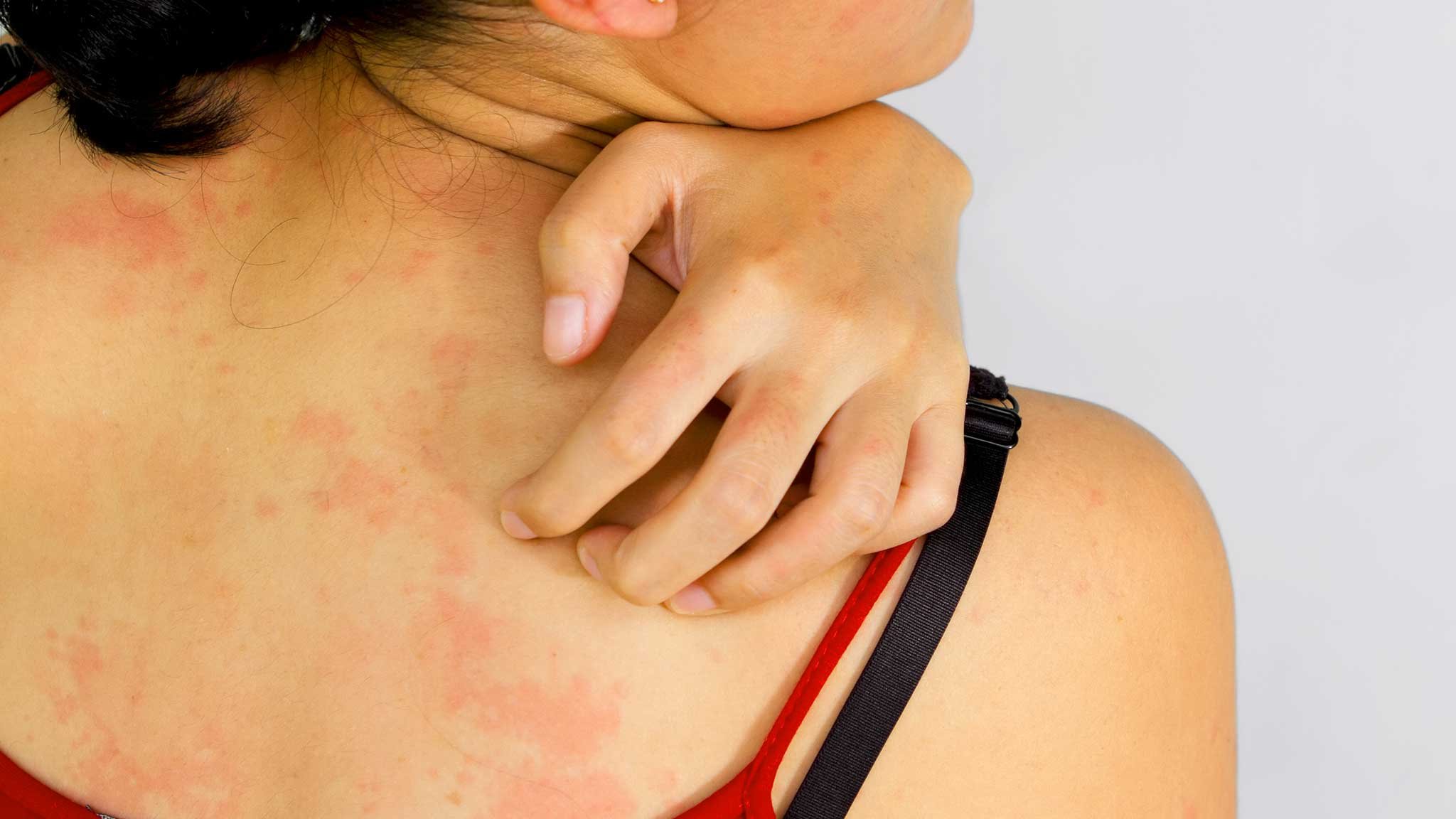
Keratosis pilaris
Keratosis pilaris is a minor condition that causes small, rough bumps on the skin. These bumps usually form on the upper arms, thighs, or cheeks. They’re typically red or white and don’t hurt or itch.
Treatment isn’t necessary, but medicated creams can improve skin appearance.
Some chronic skin conditions present from birth, while others appear suddenly later.
The cause of these disorders isn’t always known. Many permanent skin disorders have effective treatments that enable extended periods of remission. However, they’re incurable, and symptoms can reappear at any time.
Examples of chronic skin conditions include:
- rosacea, which is characterized by small, pus-filled bumps on the face
- psoriasis, which causes scaly, itchy, and dry patches
- vitiligo, which results in large, irregular patches of lighter skin
Skin disorders are common in children. Children can experience many of the same skin conditions as adults. Infants and toddlers are also at risk of diaper-related skin problems.
Infants and toddlers are also at risk of diaper-related skin problems.
Since children have more frequent exposure to other children and germs, they may also develop skin disorders that rarely occur in adults.
Many childhood skin problems disappear with age, but children can also inherit permanent skin disorders. In most cases, doctors can treat childhood skin disorders with topical creams, medicated lotions, or condition-specific drugs.
Common childhood skin disorders include:
- eczema
- diaper rash
- seborrheic dermatitis
- chickenpox
- measles
- warts
- acne
- fifth disease
- hives
- ringworm
- rashes from bacterial or fungal infections
- rashes from allergic reactions
Skin conditions have a wide range of symptoms. Symptoms on your skin that appear due to common problems aren’t always the result of a skin disorder. Such symptoms can include blisters from new shoes or chafing from tight pants.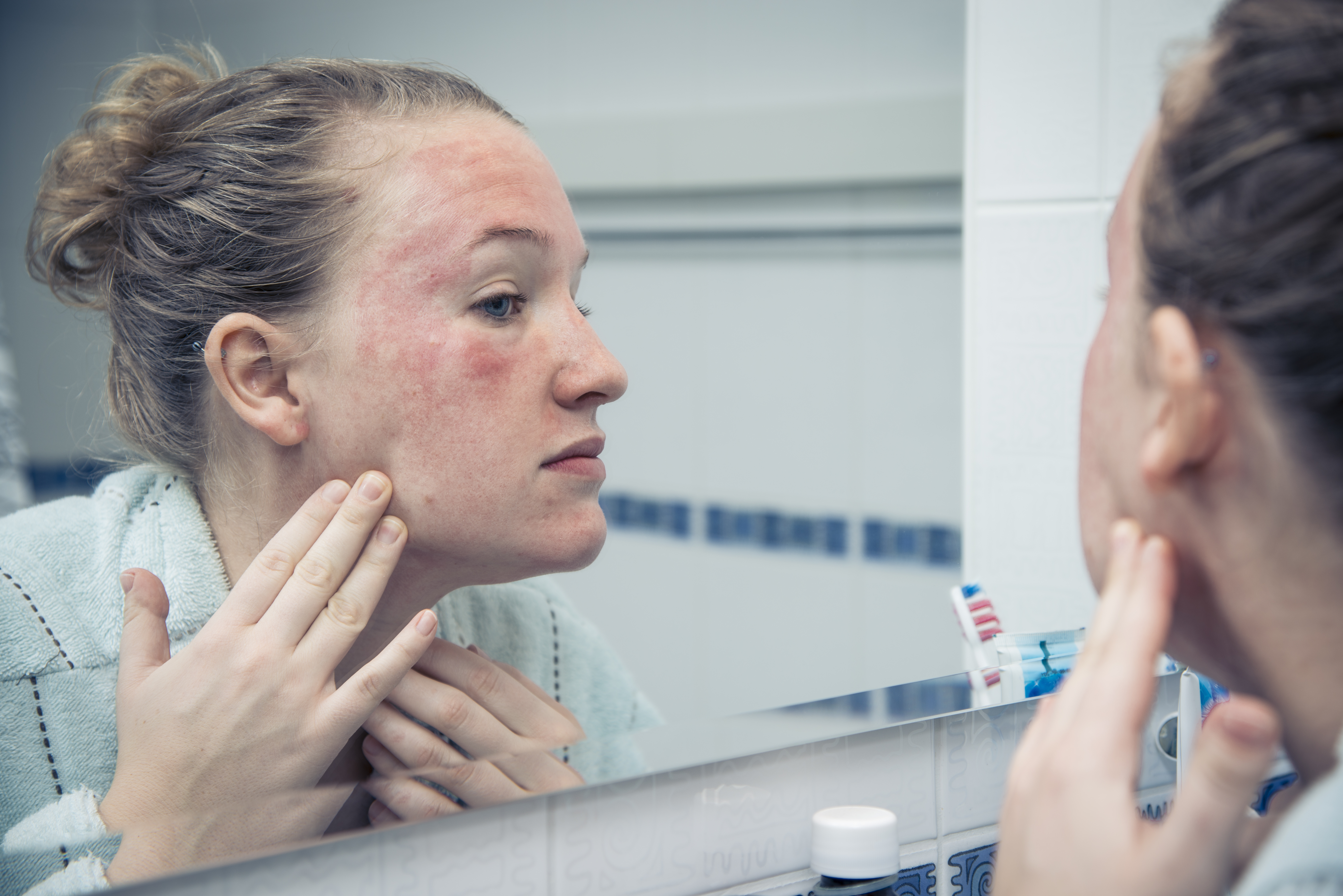
However, skin problems with no obvious cause may indicate the presence of a skin disorder that requires treatment.
Skin irregularities that are typically symptoms of a skin disorder include:
- raised bumps that are red or white
- a rash, which might be painful or itchy
- scaly or rough skin
- peeling skin
- ulcers
- open sores or lesions
- dry, cracked skin
- discolored patches of skin
- fleshy bumps, warts, or other skin growths
- changes in mole color or size
- a loss of skin pigment
- excessive flushing
Common known causes of skin disorders include:
- bacteria trapped in skin pores and hair follicles
- fungus, parasites, or microorganisms living on the skin
- viruses
- a weakened immune system
- contact with allergens, irritants, or another person’s infected skin
- genetic factors
- illnesses affecting the thyroid, immune system, kidneys, and other body systems
Numerous health conditions and lifestyle factors can also lead to the development of certain skin disorders.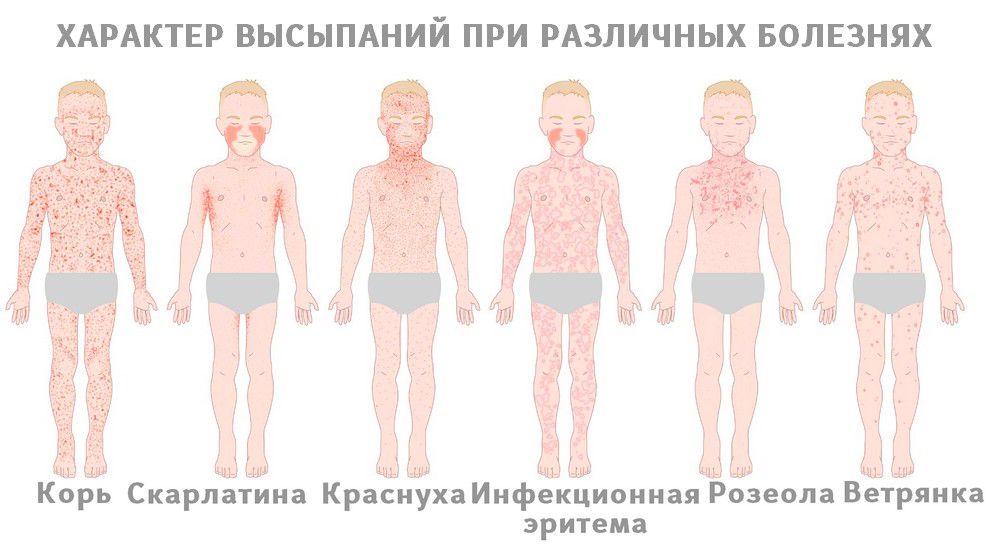 Some skin conditions have no known cause.
Some skin conditions have no known cause.
Inflammatory bowel disease
Inflammatory bowel disease is a term for a group of intestinal disorders that cause prolonged inflammation of the digestive tract. These bowel-related disorders often cause skin problems.
The drugs used to treat these diseases can cause certain skin conditions, such as:
- skin tags
- anal fissures
- stomatitis
- vasculitis
- vitiligo
- allergic eczema
Diabetes
Many people with diabetes experience a skin problem due to their condition at some point.
Some of these skin disorders only affect people with diabetes. Others occur more frequently in people with diabetes because the disease increases the risk of infection and blood circulation problems.
Diabetes-related skin conditions include:
- bacterial infections, such as boils, styes, and folliculitis
- fungal infections, such as athlete’s foot, ringworm, and yeast infections
- acanthosis nigricans
- diabetic blisters
- diabetic dermopathy
- digital sclerosis
Lupus
Lupus is a chronic inflammatory disease that can damage the skin, joints, or organs inside the body. Common skin problems that occur from lupus include:
Common skin problems that occur from lupus include:
- a red, butterfly-shaped rash on the cheeks and nose
- round lesions on the face and head
- thick, red, scaly lesions
- red, ring-shaped lesions on body parts exposed to sunlight
- flat rash on the face and body that looks like a sunburn
- red, purple, or black spots on fingers and toes
- sores inside the mouth and nose
- tiny red spots on the legs
Pregnancy
Pregnancy causes significant changes in hormone levels that may lead to skin problems. Preexisting skin problems may change or get worse during pregnancy. Most skin conditions that arise during pregnancy go away after the baby is born. Others require medical attention during pregnancy.
Common skin conditions caused by pregnancy include:
- stretch marks
- melasma
- pemphigoid
- pruritic urticarial papules and plaques
- eczema
Stress
Stress can cause hormonal imbalances, which may trigger or aggravate skin disorders.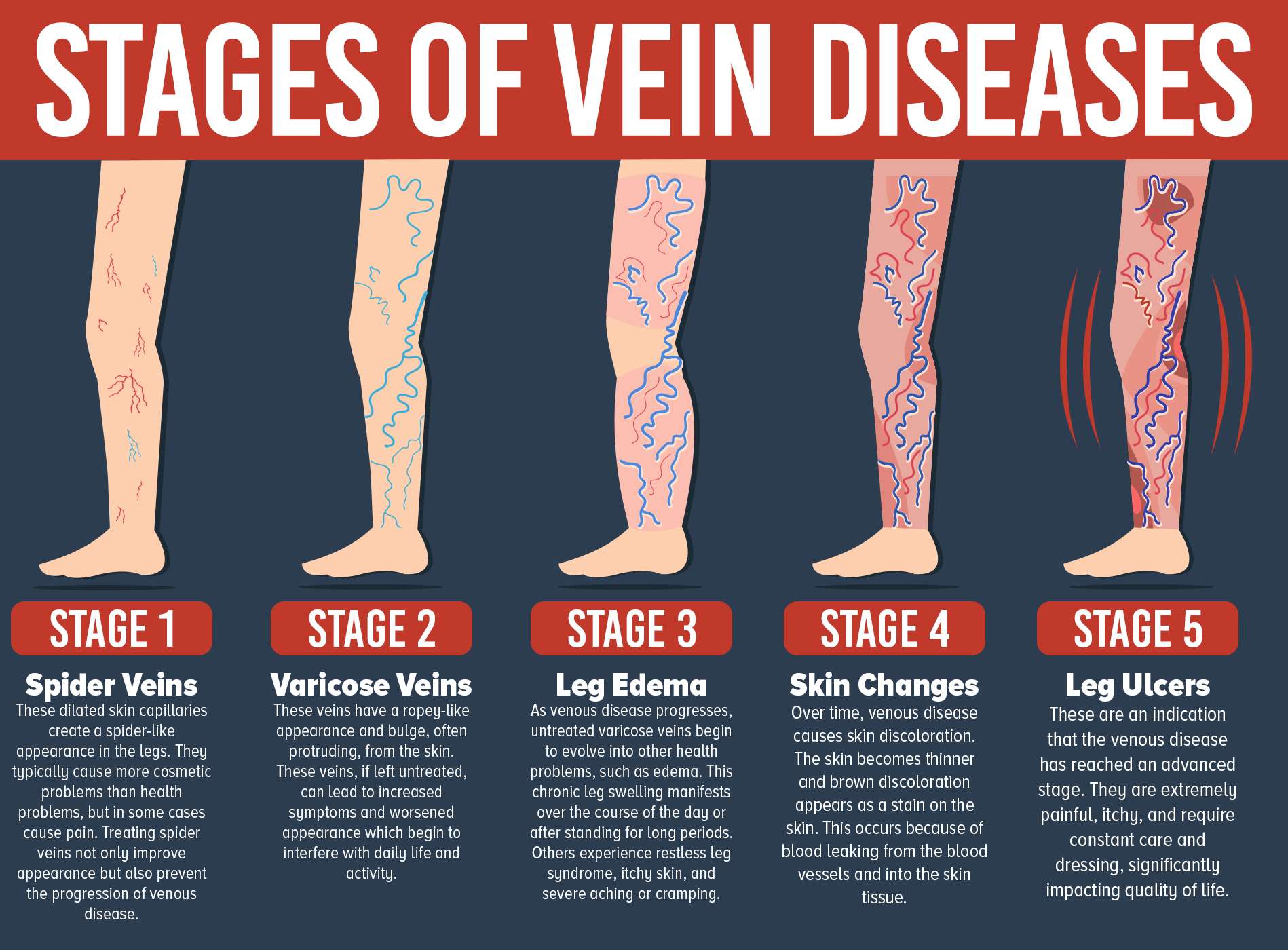 Stress-related skin problems include:
Stress-related skin problems include:
- eczema
- psoriasis
- acne
- rosacea
- ichthyosis
- vitiligo
- hives
- seborrheic dermatitis
- alopecia areata
Sun
The sun can cause many different skin disorders. Some are common and harmless, while others are rare or life threatening. Knowing if the sun causes or worsens your skin disorder is important for treating it properly.
Sunlight exposure may cause or aggravate the following conditions:
- moles
- wrinkles
- sunburn
- actinic keratosis
- skin cancer, including basal cell carcinoma, squamous cell carcinoma, and melanoma
- photosensitivity
Many skin disorders are treatable. Common treatment methods for skin conditions include:
- antihistamines
- medicated creams and ointments
- antibiotics
- vitamin or steroid injections
- laser therapy
- targeted prescription medications
- biologics
Skin flare-ups
Not all skin disorders respond to treatment, and some conditions go away without treatment.
People with permanent skin conditions often go through periods of severe symptoms. Sometimes people are able to force incurable conditions into remission. However, most skin conditions reappear due to certain triggers, such as stress or illness.
You can often treat skin disorders that are temporary and cosmetic with:
- medicated makeup
- over-the-counter (OTC) skin care products
- good hygiene practices
- small lifestyle adjustments, such as making certain dietary changes
Certain skin disorders aren’t preventable, including genetic conditions and some skin problems due to other illnesses. However, it’s possible to prevent some skin disorders.
Follow these tips to prevent infectious skin disorders:
- Wash your hands with soap and warm water frequently.
- Avoid sharing eating utensils and drinking glasses with other people.
- Avoid direct contact with the skin of other people who have an infection.
- Clean things in public spaces, such as gym equipment, before using them.

- Don’t share personal items like blankets, hairbrushes, or swimsuits.
- Sleep for at least 7 hours each night.
- Drink plenty of water.
- Avoid excessive physical or emotional stress.
- Eat a nutritious diet.
- Get vaccinated for infectious skin conditions, such as chickenpox.
Noncontagious skin disorders
Noninfectious skin disorders, such as acne and atopic dermatitis, are sometimes preventable. Prevention techniques vary depending on the condition. Here are some tips for preventing some noninfectious skin disorders:
- Wash your face with a gentle cleanser and water every day.
- Use moisturizer.
- Avoid environmental and dietary allergens.
- Avoid contact with harsh chemicals or other irritants.
- Sleep for at least 7 hours each night, as many skin conditions can worsen due to lack of sleep.
- Drink plenty of water.
- Eat a balanced diet.
- Protect your skin from excessive cold, heat, and wind.

Learning about proper skin care and treatment for skin disorders can be very important for skin health. Some conditions require a doctor’s attention, while you can address others safely at home.
You should learn about your symptoms or condition and talk with a doctor to determine the best treatment methods.
What are the most common skin disorders?
According to the American Academy of Dermatology Association, acne is the most common skin condition in the United States. Other common skin disorders include atopic dermatitis, hair loss, and rosacea.
What is the most serious skin disease?
There are several serious skin conditions. In particular, melanoma is a type of skin cancer that can be especially dangerous, as it could spread to other parts of the body if not caught early. Cellulitis and latex allergy can also be very serious if left untreated.
Which skin disease is not curable?
A few examples of chronic skin conditions include rosacea, psoriasis, and vitiligo.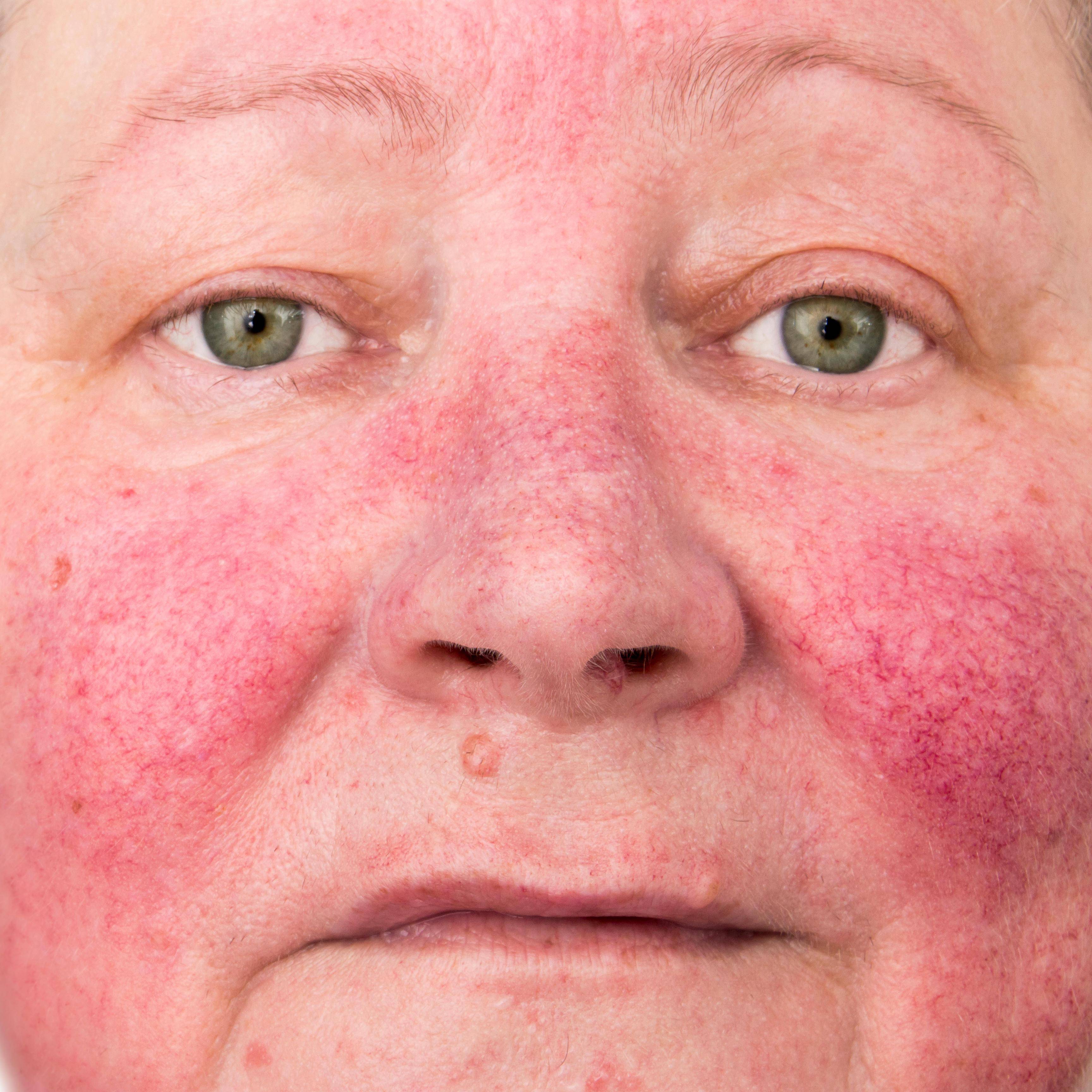 While these conditions can’t be cured, some may have treatments available to help manage symptoms.
While these conditions can’t be cured, some may have treatments available to help manage symptoms.
Different types of conditions affect the skin. Some are chronic, while others are temporary. Some conditions may be painful or uncomfortable, but they’re not dangerous. Other conditions, such as skin cancer, can be life threatening.
The treatment for each depends on the specific cause. If you experience any new or unusual skin symptoms, it’s a good idea to have them evaluated by a doctor.
Read this article in Spanish.
If you need help finding a dermatologist, then check out our FindCare tool here.
Skin diseases
Skin diseases include more than a hundred types and categories. The most dangerous dermatologists call viral and fungal skin infections, dermatitis, scabies, melanoma and non-melanoma skin cancer, psoriasis, urticaria, pyoderma, acne, bedsores, alopecia areata.
Analyzes
Antibodies to the basement membrane of the epidermis
5-6 days (except Saturday, Sunday)
from 1 975 ₽
Add to cart
Antibodies to epidermal desmosomes
5-6 days (except Saturday, Sunday)
7 days (except Saturday, Sunday)
from 2 120 ₽
Add to cart
Antibodies to desmoglein 3 (pemphigus vulgaris)
7 days (except Saturday, Sunday)
from 2 120 ₽
Add to cart 9 0005
Antibodies to BP 180 protein (bullous pemphigoid)
7 days (except Saturday, Sunday)
from 2,120 ₽
Add to cart 005
from 2 120 ₽
Add to cart
In the US and Europe, skin diseases are in 4th place in terms of the number of disabilities received. Therefore, one should not underestimate a variety of rashes, itching, pain, discoloration of the skin, peeling – for any deviations from the norm, especially not passing for a long time, you need to contact a specialist.
Therefore, one should not underestimate a variety of rashes, itching, pain, discoloration of the skin, peeling – for any deviations from the norm, especially not passing for a long time, you need to contact a specialist.
With extensive skin itching, they usually turn to a general practitioner, for localized itching or rashes, a dermatologist. If necessary, they write out a referral to narrow specialists – a dermatovenereologist (skin diseases caused by STIs), a trichologist (skin problems of the scalp), a dermatocosmetologist (aesthetic skin problems).
Often, skin problems signal diseases of other organs, and then dermatologists work together with endocrinologists, hematologists, oncologists, gynecologists, allergists and other specialists.
When are skin tests ordered?
Normally, the skin is evenly colored, moderately moist, smooth. If some indicator changes, the changes bring obvious discomfort, the symptoms do not go away for a long time, you should consult a doctor.
The skin is heterogeneous, and diseases affect its different layers: psoriasis and scabies – the epidermis, furunculosis – the dermis, cellulite – subcutaneous fat, etc. The first stage of any study is the examination and questioning of a person, then based on the primary external signs and the information obtained the doctor decides which tests the patient needs to pass in order to diagnose the disease. An oral survey reveals the duration of the condition, the reasons – according to the patient, regularity (whether it was like this before or for the first time), symptoms of the general condition, the presence of chronic diseases and illnesses in relatives, colleagues, dietary habits, living and working conditions, etc.
The specialist makes a visual examination and, if necessary, will prescribe tests:
- with a variety of rashes in the natural folds of the skin, on the scalp, neck, face;
- with small whitish scales in the area of the nasolabial triangle, on the scalp, on the back, under the armpits, in other places;
- with itching, burning;
- when plaques covered with scales appear, usually on the knee and elbow bends, in the places where the joints are allocated, on the palms, soles, on the scalp;
- with bruising, swelling, ulcers;
- with the appearance of papillomas;
- upon detection of spots of unknown origin;
- with acne, pimples and other deviations of the skin from the norm;
- with some non-specific symptoms.

Types of diagnostics of skin diseases
1. Complete blood count
- according to leukocytes, leukocyte formula, the presence / absence of an inflammatory process is determined;
- on erythrocytes, hemoglobin – leukemia, the presence of internal bleeding;
- according to basophils and eosinophils – the presence / absence / strength of the allergic process.
The blood of a healthy person contains no more than 5% of eosinophils. An increase in their proportion raises the suspicion of an allergy. However, a high number of eosinophils is also characteristic of parasitic infestation, therefore additional tests are required.
2. Urinalysis. Allows you to judge the presence / absence of an inflammatory process, determine whether there are diseases of the kidneys and other related organs.
3. Blood biochemistry. With the help of this analysis, the metabolic processes in the body are judged, and the most complete, systemic picture of its work is obtained.
4. Fecal analysis. With the help of this analysis, parasites are detected that can cause an allergic reaction, inflammatory processes of the skin.
5. Immunogram. An immunogram confirms the preliminary diagnosis. During the study, blood is tested for immunoglobulins: if they are elevated, the disease develops.
6. Microscopy of scrapings . Scrapings are performed for suspected scabies and mycotic (fungal) infections. For analysis, scales from the lesion, suspicious passages are used, which are placed on a glass slide and studied.
7. Epicutaneous and intracutaneous skin tests for allergic conditions. In some clinical situations, children and adults need to undergo an allergological examination, for example, patients with allergic rhinitis, bronchial asthma, atopic dermatitis, food allergies, drug reactions, etc.
In the epicutaneous method, the allergen is applied to the skin to identify the irritant in cases with a delayed hypersensitivity response to a contact allergen.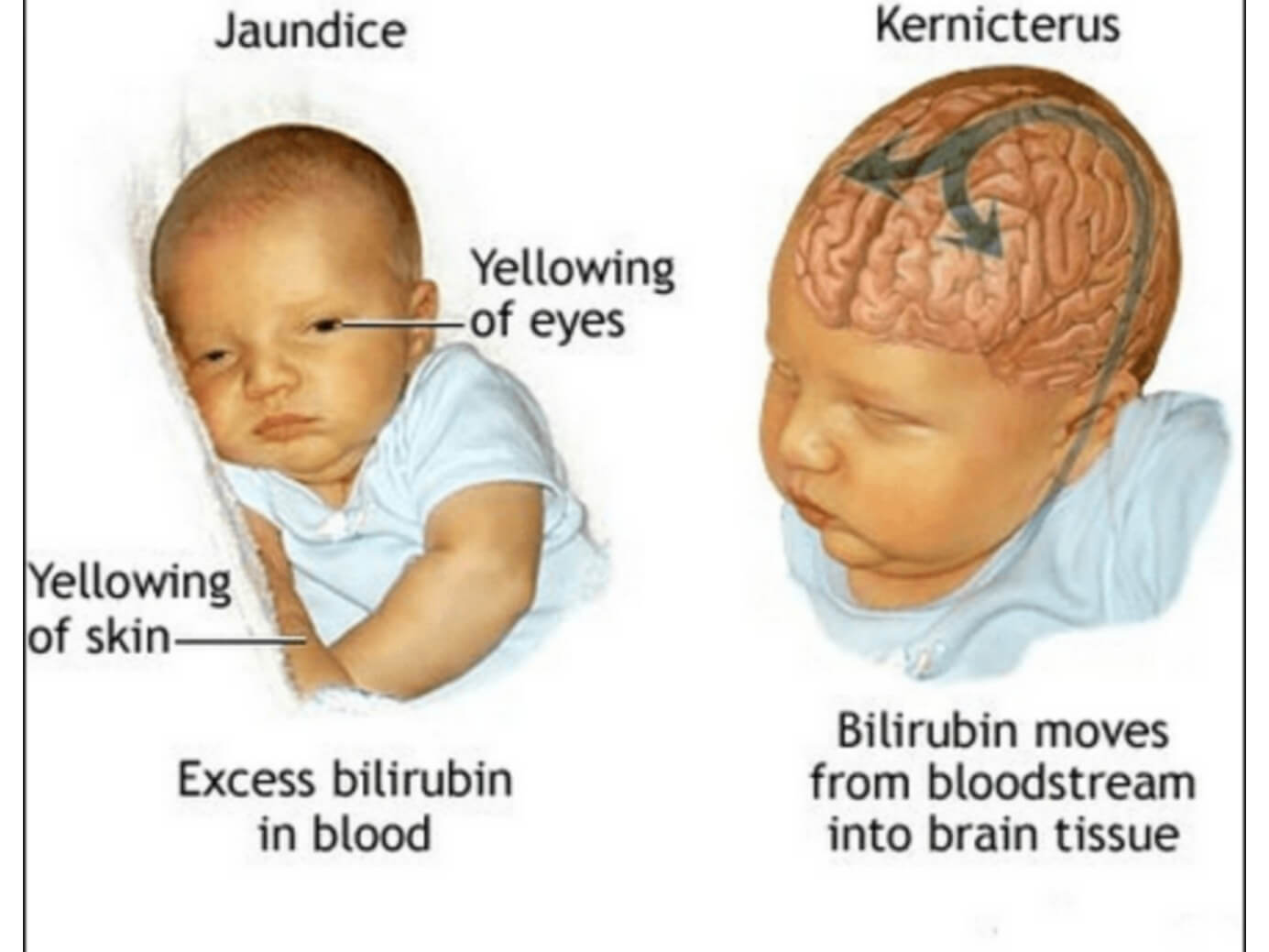 Intracutaneous (intradermal, intradermal) methods are used to detect an immediate hypersensitivity response to a drug, bee venom, and certain other stimuli. Intradermal tests are highly accurate. however, their disadvantage is a large number of false positive results.
Intracutaneous (intradermal, intradermal) methods are used to detect an immediate hypersensitivity response to a drug, bee venom, and certain other stimuli. Intradermal tests are highly accurate. however, their disadvantage is a large number of false positive results.
8. Mycological, bacteriological, virological, serological tests for dermatoses caused by microorganisms
To determine the microorganisms that cause diseases, use:
- scrapings of scales, nails, hair, which are processed in a special way and examined under a microscope – this is how pathogenic fungi are determined;
- separable from the urethra, smear – to determine the gonococci, other pathogens of STDs;
- smears-imprints on Tzank cells from surfaces affected by erosion – to determine acantholytic pemphigus;
- skin scrapings – to determine the scabies mite;
- tissue juice collected from the bottom of hard chancres – to determine pale treponemas;
- cultural studies (crops of pathological biomaterial) – to determine the causative agent of pyoderma, mycoses (including latent forms), STDs and carriage of deomatophytes.

9. Immunofluorescent tests for autoimmune diseases
Autoimmune skin diseases include vesicular dermatosis – Dühring’s dermatitis herpetiformis, pemphigus (true and all its varieties), pemphigoids. These diseases are based on the body’s immune response directed at intercellular contacts of the skin. So, pemphigus vulgaris is characterized by the appearance of antibodies to desmosomes, pemphigoid – antibodies to hemidesmosomes.
The developed disease is well diagnosed with the help of serological tests – antibodies are detected in about 80%. But with initial forms and lesions of mucous antibodies in the blood, there is no direct and indirect immunofluorescent examination.
Direct immunofluorescence detects IgG and complement on cryostat skin sections. Indirect immunofluorescence reveals high titers of Ig G to desmosomes in the blood and fluid contents of the bladders – the higher the titers, the more severe the course of the disease.
10. Angiographic studies in vascular disorders. Vascular disorders of the skin – angiomas – include densely located blood and lymphatic vessels. Angiomas are located on and under the skin, changing its color to red and with a clear purple tint.
Angiographic studies in vascular disorders. Vascular disorders of the skin – angiomas – include densely located blood and lymphatic vessels. Angiomas are located on and under the skin, changing its color to red and with a clear purple tint.
Distinguish:
- hemangiomas – pathological accumulations-tumors of blood vessels, stained red or purple. Children’s hemangiomas are especially common, which in 2/3 of children disappear by about 7 years, but leave “colored” marks or scars on the skin;
- flaming nevi – pink, red, purple flattened spots, by their nature – congenital malformations of blood vessels;
- lymphangiomas — tubercles of various sizes on the skin, formed by the accumulation of lymphatic vessels;
- Pyogenic granulomas Raised, fleshy, red, reddish-brown masses, moist or crusty, formed by overgrowth of capillaries and swelling of adjacent tissue;
- spider angiomas – bright red spots with a central blood vessel and capillaries extending from it in the form of spider legs.

If the damage to the skin is only cosmetic, the doctor will advise on how to get rid of it. But sometimes angiographic studies are required – contrast studies of blood vessels using X-rays, CT, MRI, etc.
11. Histological examination. Histological examination of the skin confirms or excludes the preliminary diagnosis, serves to determine the stage of the disease, the extent of the tumor. All this is necessary for proper diagnosis, prognosis and effective treatment.
For biopsy, choose a typical element, preferably a fresh primary. If the rashes are common, then the biomaterial is taken from such a focus, the removal of which will cause minimal cosmetic, functional defects. The biopsy is carried out under local anesthesia, using a scalpel or methods of puncture biopsy, electrosurgery.
12. Allergy tests
To determine the allergen, experts use different tests:
- prick tests (applying drops with an allergen to the skin, then pricking through the drop with a prick lancet) – to detect sensitization to household, epidermal, pollen, medicinal, fungal and other allergens;
- scarifying (scratches with special lancets with allergens in cases where a prick test is not possible) – have a high specificity.
 however, they often give a false positive result;
however, they often give a false positive result; - application, or Patch-tests (allergen is applied to the patch, which is glued to the back or shoulder) – to determine contact and atopic dermatitis.
Skin tests are evaluated after 20 minutes, 6 hours, or 24-48 hours, depending on the allergen. The test result may be negative, weakly positive, positive, or indeterminate.
Additional studies
Serological (study of antibodies and antigens in blood serum). With high sensitivity to a certain allergen in the blood, the content of IgE class antibodies increases, which in the normal state make up approximately ~ 0.001% of all immunoglobulins. To recognize the irritant, allergen-specific antibodies are determined.
The study of blood serum begins with the determination of the total level of immunoglobulin E (IgE). However, in about 30% of people prone to allergies, total immunoglobulin is normal, and its elevated level can also be observed with helminth invasion and some other diseases.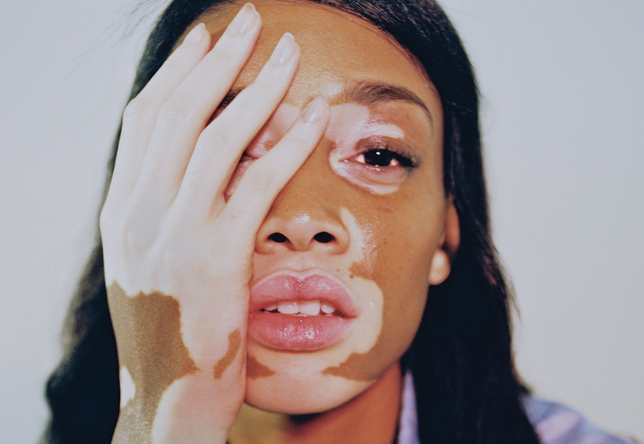
Then a specific stimulus is identified by determining specific IgG antibodies, for example, to food, pollen, etc.
Microscopic (examination of a smear under a microscope). Cytological examination is carried out for the purpose of morphological assessment of the cellular composition, changes in cells (nucleus, cytoplasm, their ratio). According to the data obtained, preliminary diagnoses of benign, malignant tumors, and other non-tumor lesions are made.
Pathological (biopsy). A skin biopsy is performed for the purpose of microscopic detection of pathology – non-cancerous skin diseases (for example, psoriasis, systemic lupus erythematosus, scleroderma, periarteritis nodosa, amyloidosis, skin tuberculosis, etc.), skin cancer, bacterial skin infections, fungal infections.
The results of the study are ready in 1-6 weeks. Scars can become a complication of this method, however, in some cases, a biopsy is simply necessary to obtain an accurate analysis and prescribe effective treatment.
Cost of services in JSC “NWDM”
At the Northwestern Center for Evidence-Based Medicine, you will be able to undergo all skin tests prescribed by a doctor.
Experienced specialists work in laboratories, medical centers and laboratory terminals of NWTSDM JSC, all departments are equipped with modern laboratory equipment and drugs. we guarantee you high research accuracy, security and confidentiality.
TOP-5 skin diseases and their symptoms. A network of medical centers and MC “Health” in Moscow.
The skin is the largest human organ. And at the same time the most vulnerable. Often it is she who takes the first blow, and even more often she becomes a signaling system that says that something is going wrong in the body. In this article, we will analyze 5 skin diseases that are most common.
Not every symptom indicates danger. But sometimes we ignore those symptoms that require urgent medical attention. Someone is embarrassed by the problem, someone is afraid of doctors, someone prefers to apply plantain.
The doctors of the Zdorovye clinic network will tell you about those manifestations of skin diseases that should never be ignored.
What symptoms should you see a doctor urgently
People often resort to self-diagnosis of diseases when they detect changes in the skin. The Internet is full of articles with a detailed description of the symptoms and treatment of diseases. But there are many dangerous symptoms, upon detection of which you should immediately contact a specialist.
1. Rash . A rash is a symptom of many diseases, both skin and related to other organs. Rashes can be a symptom of an allergic reaction, stress, pathology of the gastrointestinal tract, and even cancer. If the rash is brightly colored and does not go away for more than 48 hours, do not put off a visit to a specialist.
2. Warts . The appearance of warts on the skin is caused by various strains of the human papillomavirus. The virus is transmitted from person to person, so if you find papillomas or warts on any part of the body, you should make an appointment with a dermatologist or dermatovenereologist.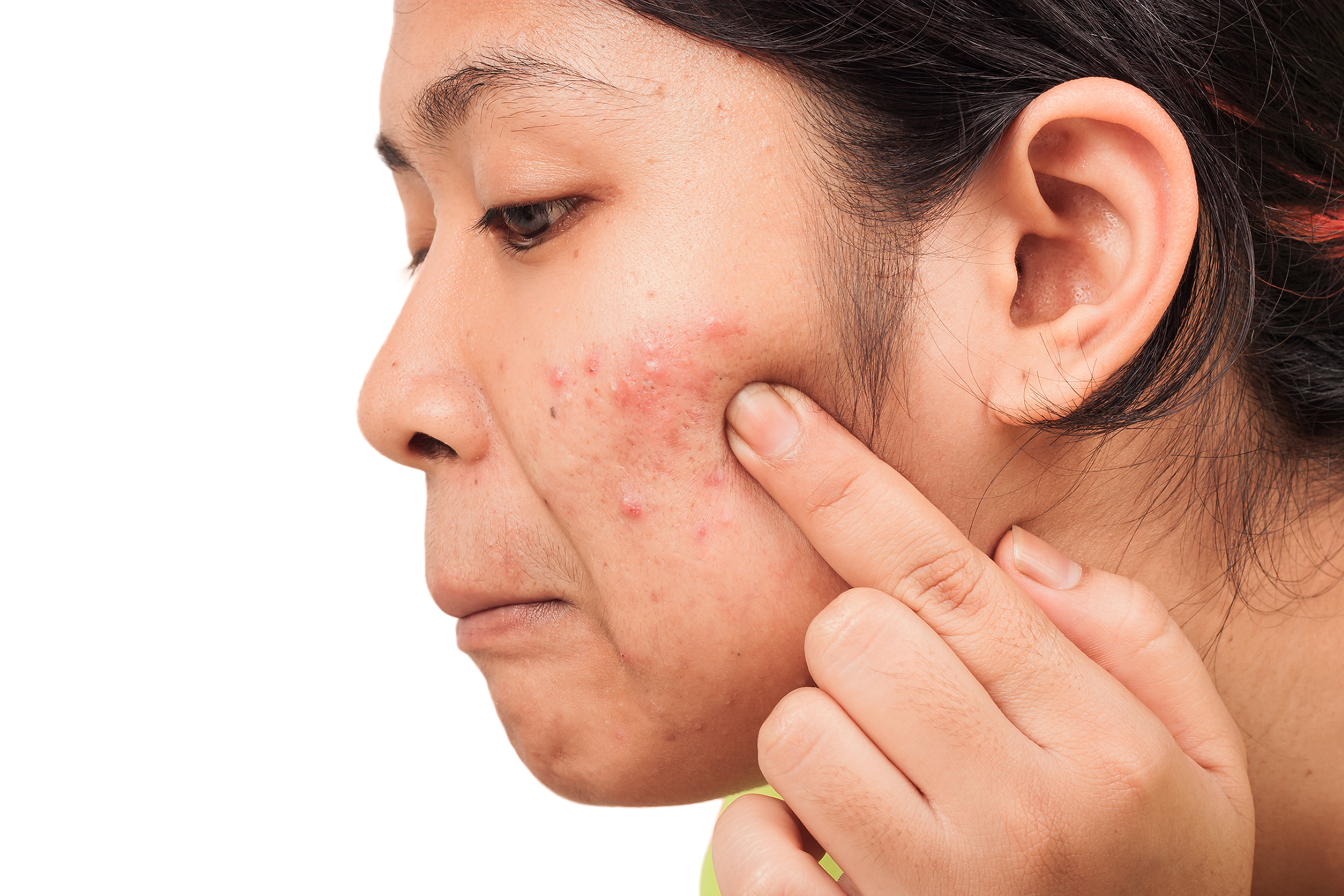
3. Peeling . At first glance, a harmless symptom can serve as a signal of a dangerous disease. If skin peeling is accompanied by prolonged itching, redness and severe dryness, it is better to consult a doctor for an accurate diagnosis and treatment. If peeling has become a skin response to exposure to frost, sun or wind, then we recommend that you protect your skin more carefully and use special creams.
4. Skin discoloration . A change in skin color after tanning or peeling is quite understandable, but if you find suddenly appearing spots on your body or face 0, this is a reason to make an appointment with a doctor. Red spots may signal an acute allergic reaction or gastrointestinal diseases, yellowing of the skin is one of the symptoms of hepatitis B and C, dark spots may indicate necrotic processes.
TOP-5 skin diseases
Skin diseases are quite common and can appear at any age. They cause physical discomfort to a person, make them hide the affected areas under tight clothing or use cosmetics to hide imperfections.
Fortunately, modern dermatology successfully fights against skin diseases. And here are the 5 most common ones.
1. Acne.
Acne, or acne, is an inflammatory skin disease that occurs as a result of blockage of the sebaceous glands. More than 80% of the world’s population is affected by acne, most of them are teenagers. The disease begins with the appearance of blackheads, blackheads and papules (inflammatory nodules). If you are a parent of a teenager with acne, bring him to a doctor’s appointment to cure the disease in time and prevent its complications, or come yourself if you suddenly encountered the disease in adulthood.
2. Atopic dermatitis.
Another inflammatory skin disease is atopic dermatitis. The disease is especially common among children (10–15% in developed countries). The disease is accompanied by redness of the upper layer of the skin, dryness and severe itching. A complete cure of the patient is impossible, but to mitigate the course of the disease, moisturizing therapeutic ointments and local immunomodulators are used.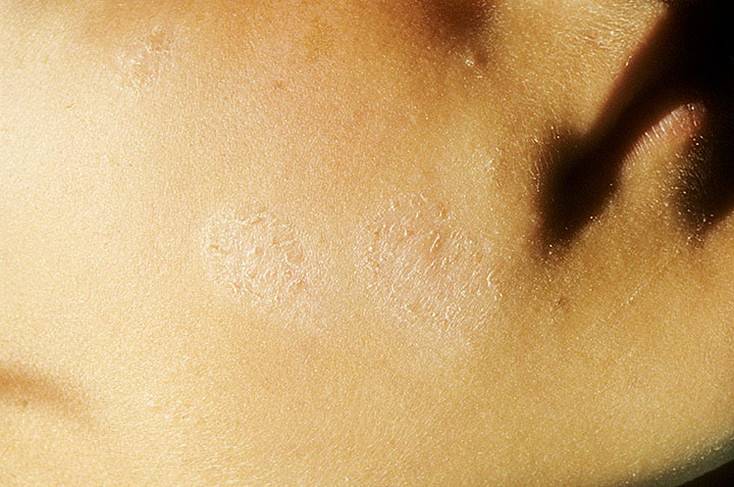 Ignoring the disease can lead to serious complications and the development of skin infections.
Ignoring the disease can lead to serious complications and the development of skin infections.
3. Psoriasis.
Another common disease (about 5% in developed countries) is psoriasis. This is a chronic inflammatory non-infectious disease, which is characterized by the appearance of bright pink or red plaques on different parts of the body and head. In addition, there is a strong burning sensation and itching, dry skin. If left untreated, the risk of stroke increases, and internal organs, such as the liver and kidneys, are also affected.
4. Herpes simplex.
One of the most common viral skin diseases. Antibodies to this virus are found in 90% of people. The main symptom of herpes is fluid-filled blisters that appear in the mucous membranes – more often the lips or nose. Lack of treatment can provoke a decrease in immunity and, as a result, an increased risk of acquiring new diseases.
5. Viral warts .
A common viral skin disease caused by the ingestion of human papillomavirus into human skin cells. Often the virus is transmitted by household means (when shaking hands, using carrier items) or sexually. Convex nodules – warts are formed at the site of the introduction of the virus. The danger of the disease lies in the fact that the virus has oncogenic strains that can lead to the development of cancer.
Often the virus is transmitted by household means (when shaking hands, using carrier items) or sexually. Convex nodules – warts are formed at the site of the introduction of the virus. The danger of the disease lies in the fact that the virus has oncogenic strains that can lead to the development of cancer.
Fortunately, there are few such strains, but it is worth checking to rule out risks. This is especially true for women, because HPV is the first and most important cause of cervical cancer.
How to treat skin diseases
Unfortunately, there is no one universal remedy for the treatment of skin diseases. After the diagnosis, the doctor prescribes the treatment that is appropriate in your case. It can be:
- Medical ointments and balms (healing, anti-inflammatory, hormonal, antibacterial)
- Oral medicines (antibiotics, hormones, immunomodulators)
- Physiotherapy (laser, magnetotherapy)
- Cosmetic procedures (cleansing, peeling, moisturizing masks)
- Cosmeceuticals (lotions, tonics, creams, masks)
Is it worth prescribing self-treatment? Everyone decides for himself.


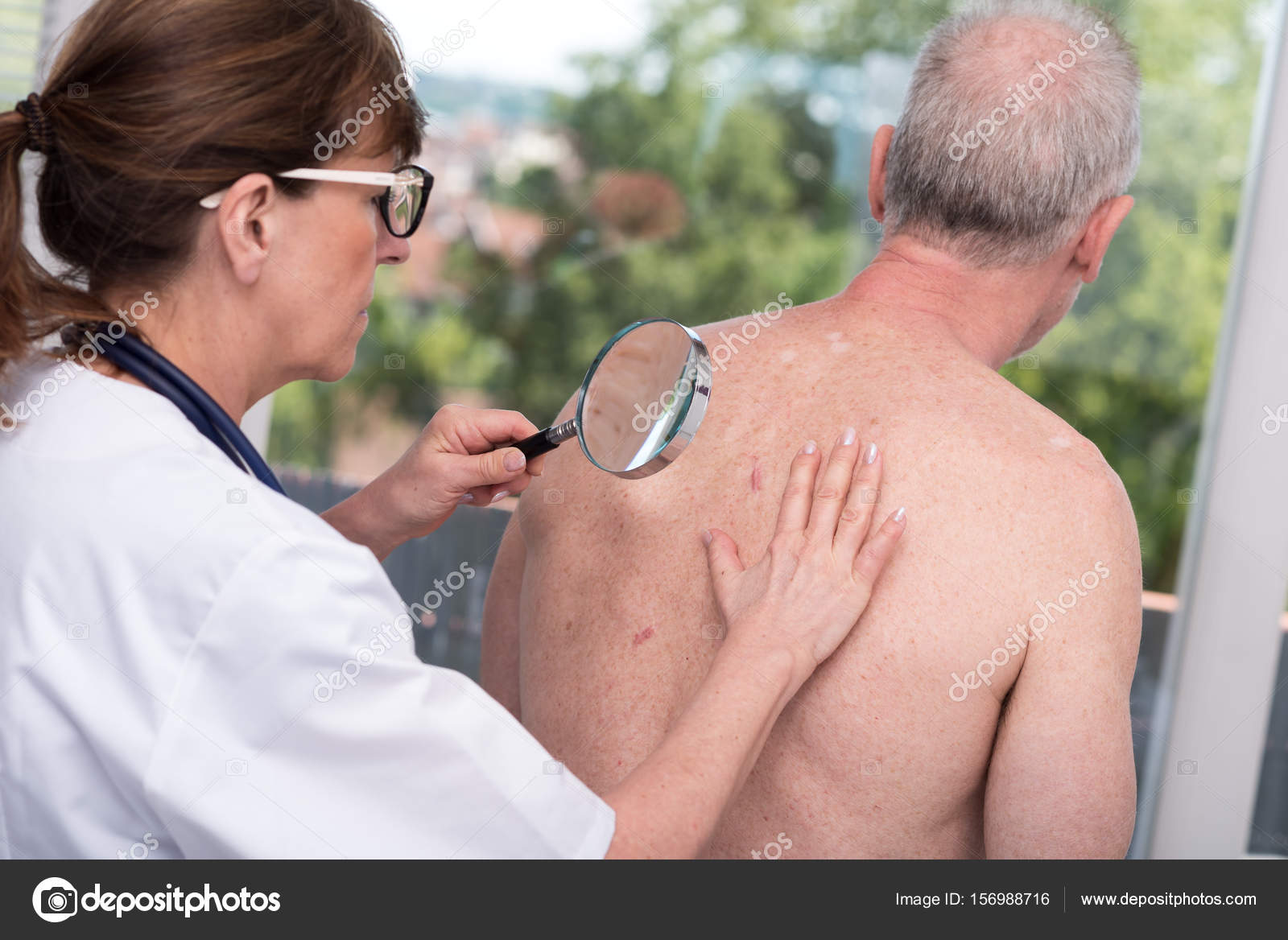

 This rash may appear brown, purple, or gray on darker skin.
This rash may appear brown, purple, or gray on darker skin.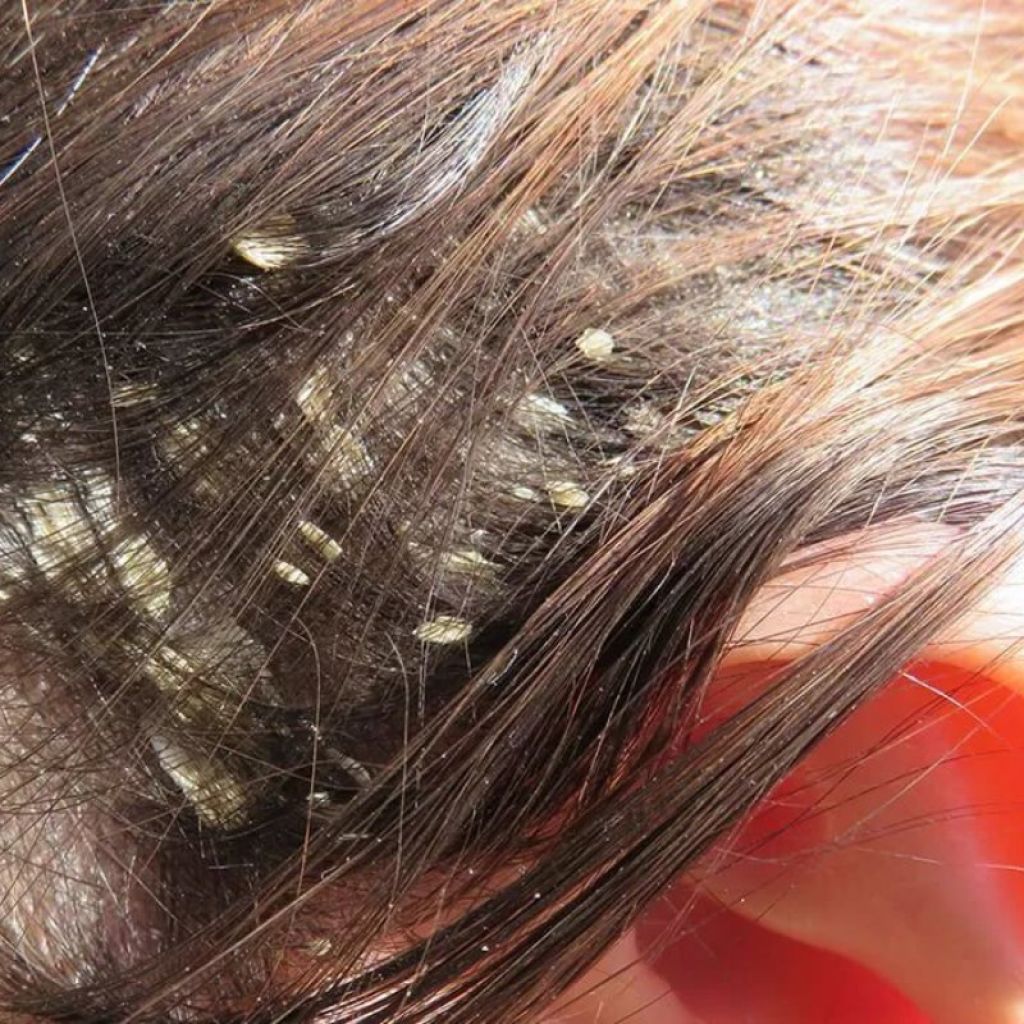

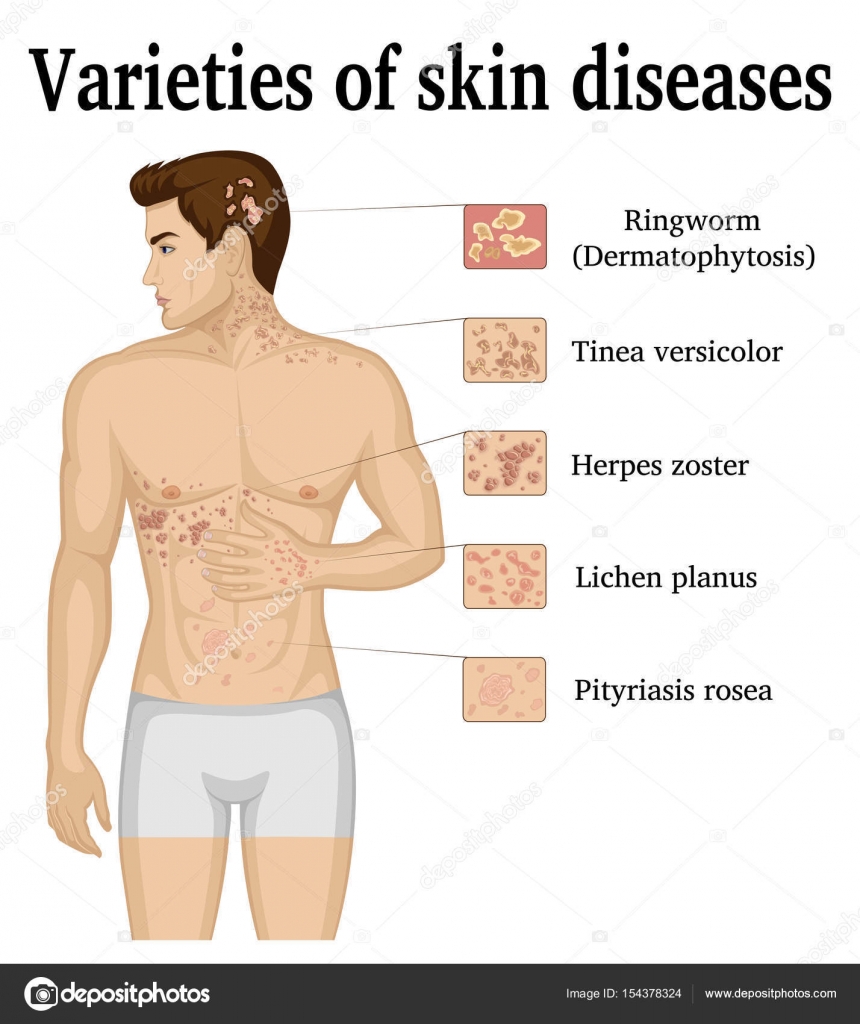
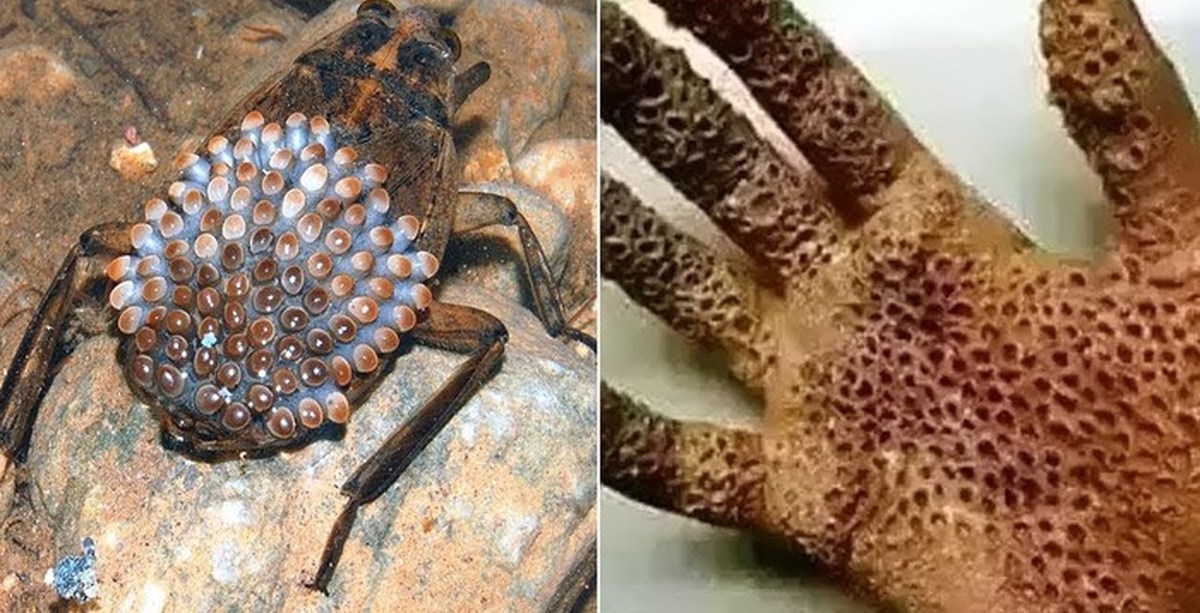
 They may appear darker on skin of color.
They may appear darker on skin of color.

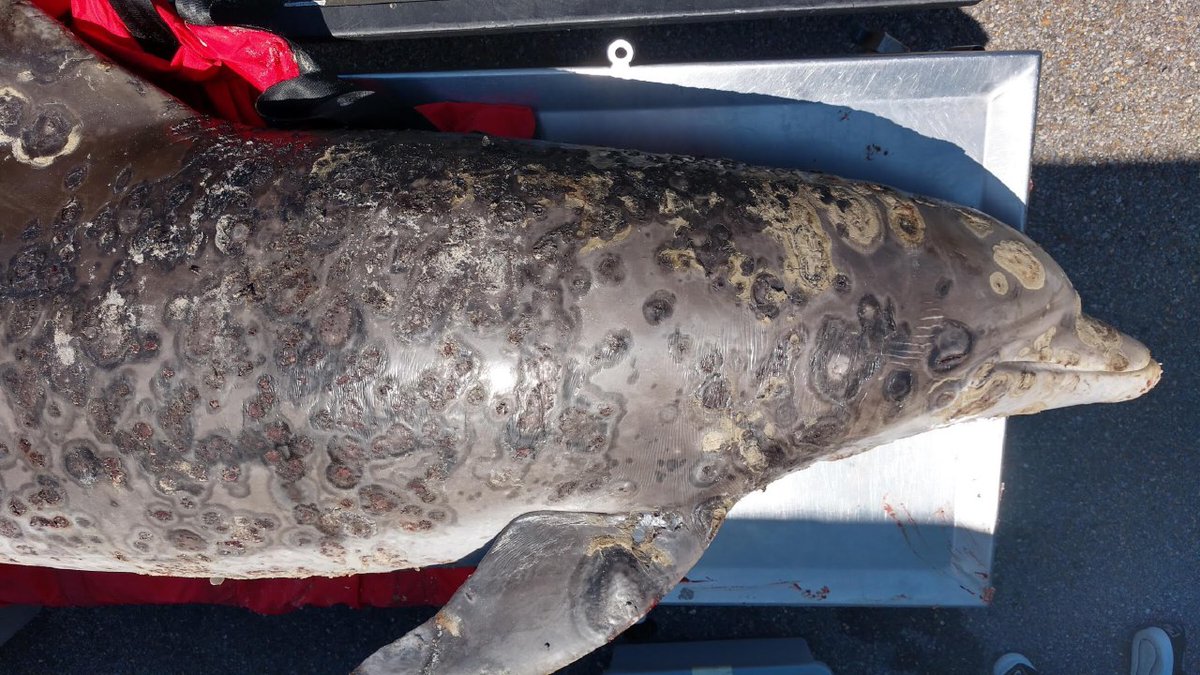



 however, they often give a false positive result;
however, they often give a false positive result;